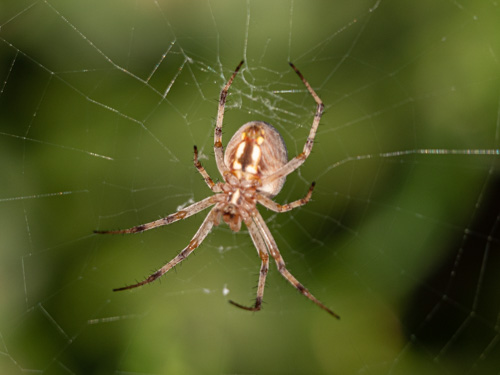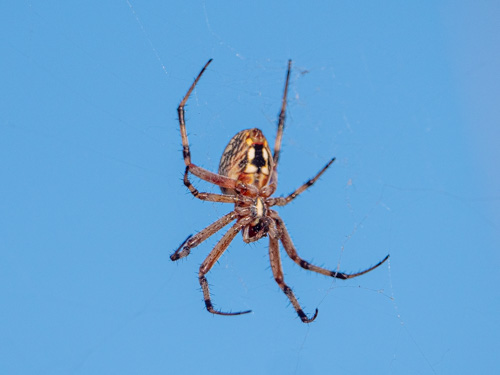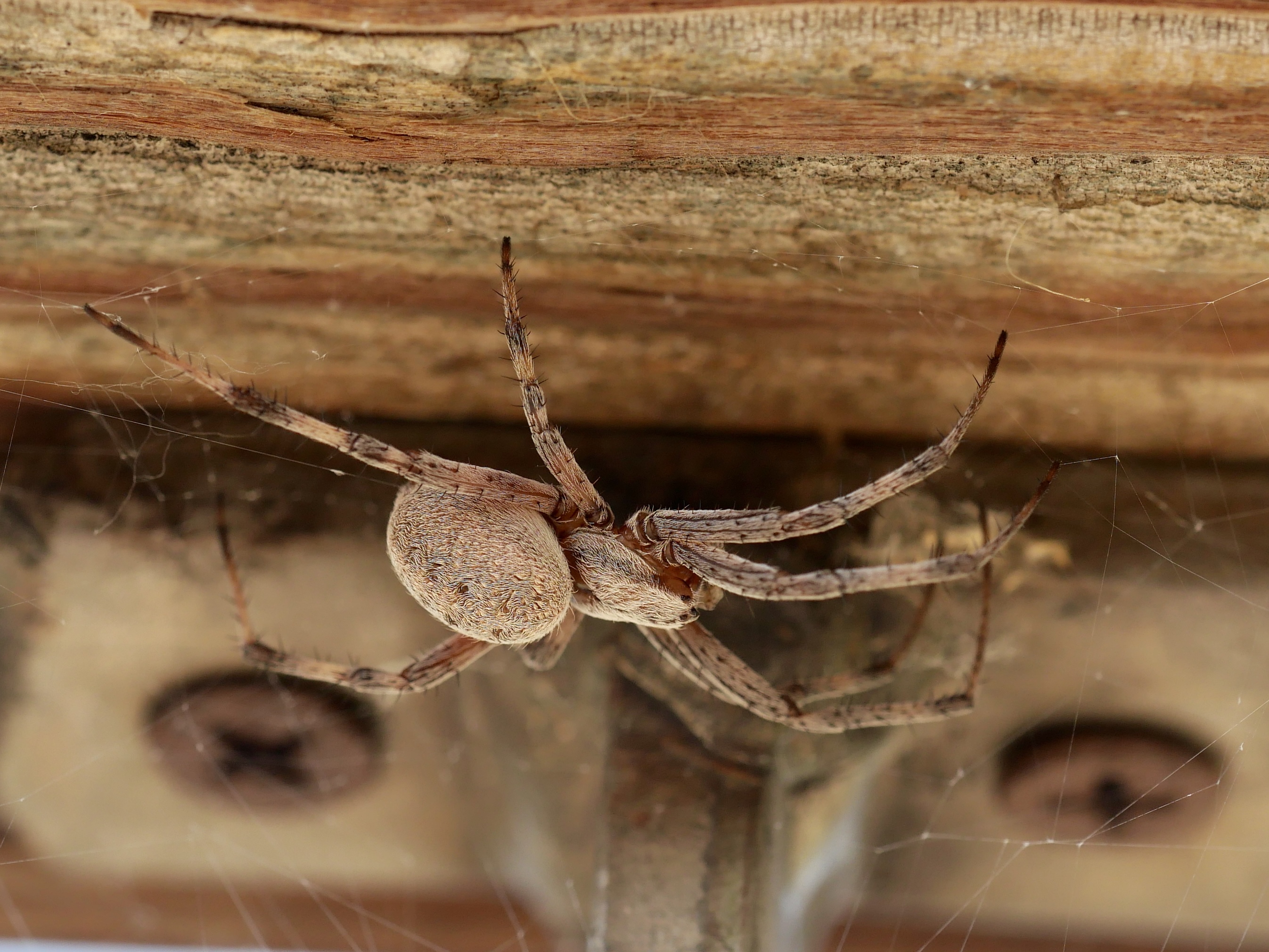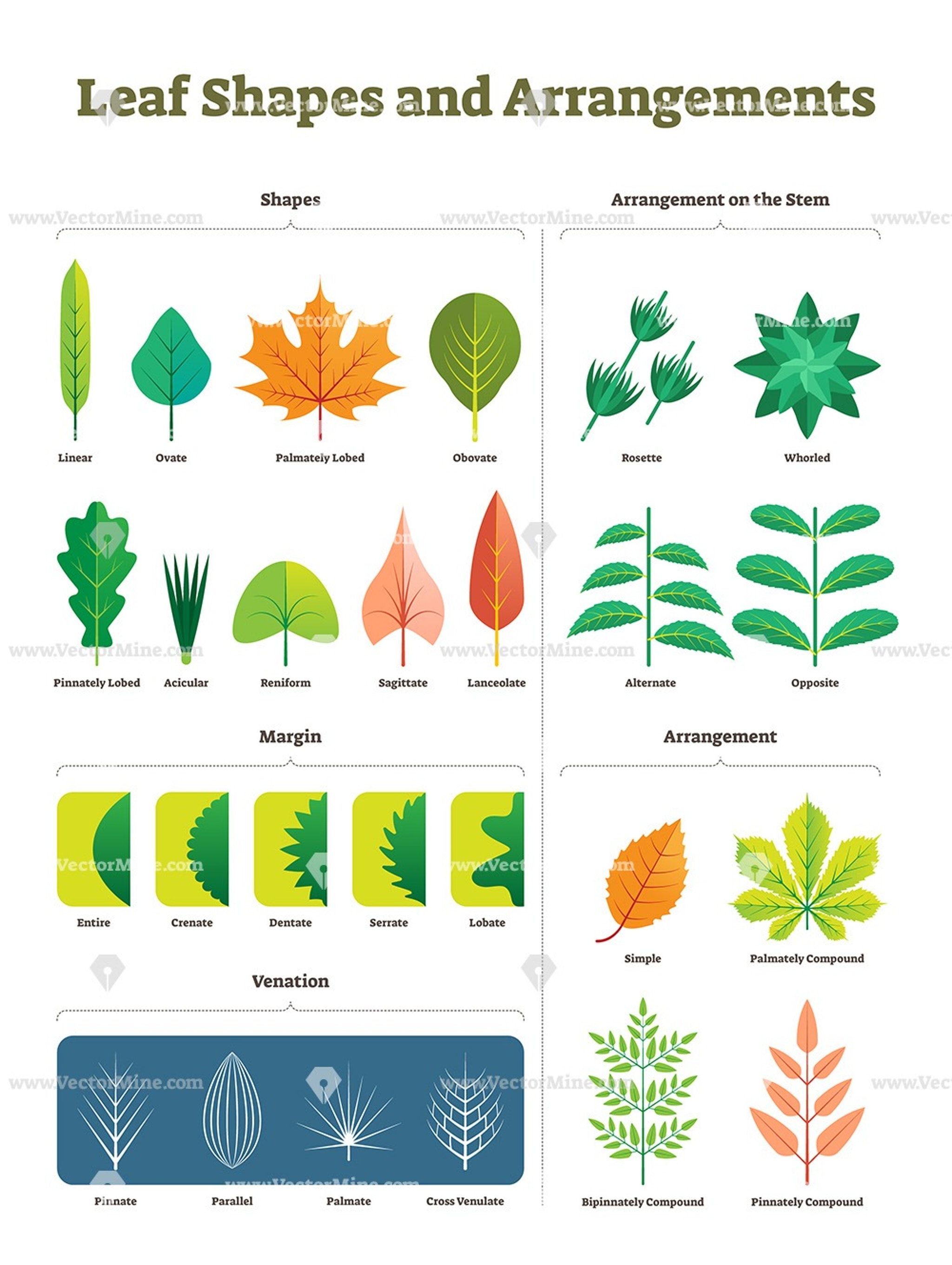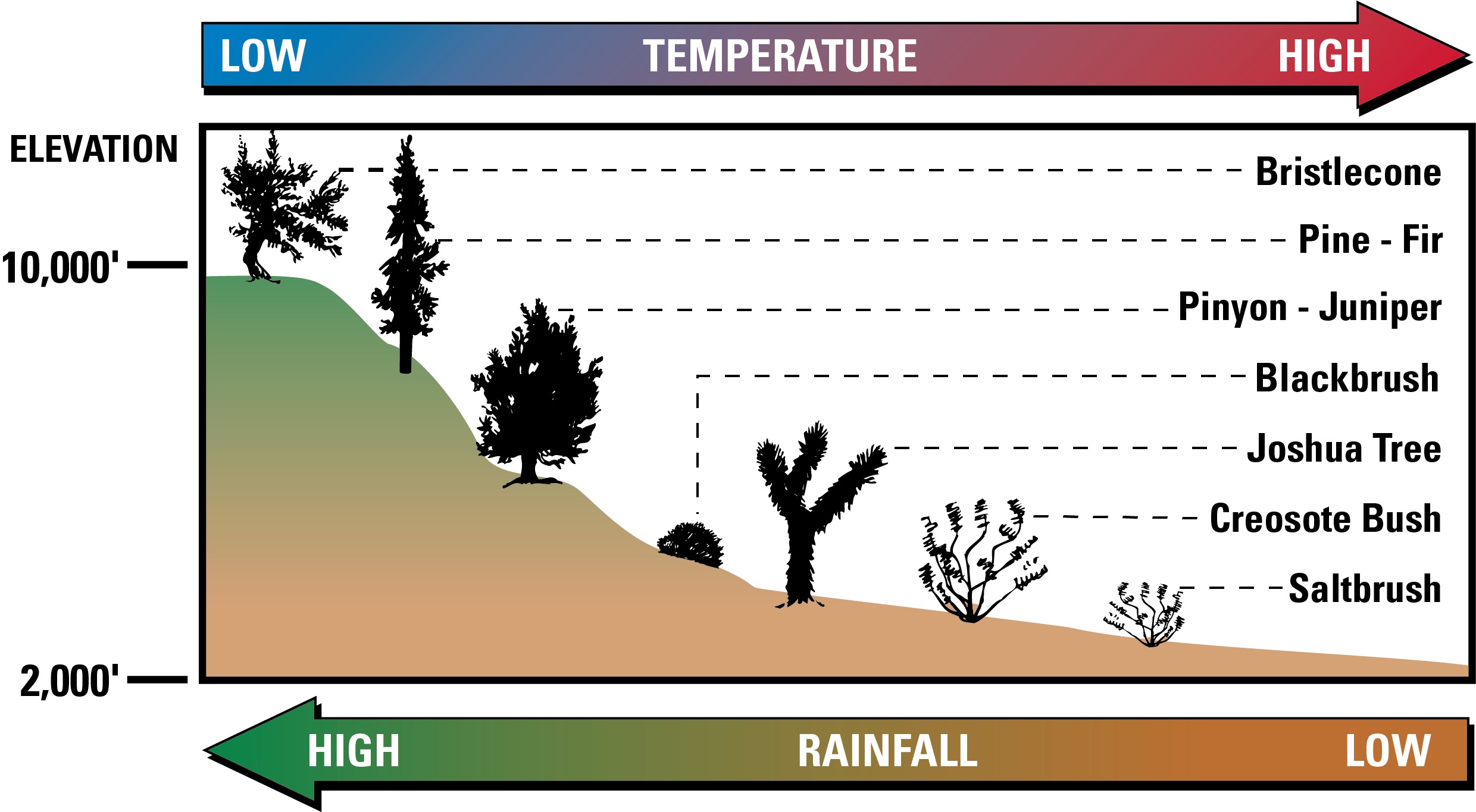Introduction:
Neoscona oaxacensis is a relatively large spider, males are smaller. Specimens from the Galápagos are among the largest found. The black-and-white pattern on the upper (dorsal) surface of the abdomen is considered to be distinctive. South American specimens have a more slender abdomen than North American ones, with a more distinct light central band, which has a wavy border. Females have an epigyne appearing 2.5 times as long as wide when viewed from the rear. Males have a palp with an S-shaped conductor.
Life Cycle: By late summer or early fall, the spiders reach maturity. Females then begin producing egg sacs to continue the cycle. Males typically die after mating, while females may live long enough to lay their eggs.
Size 0.35–0.7 inches (9–18 mm)
Sexual Dimorphism: yes, Females have an epigyne appearing 2.5 times as long as wide when viewed from the rear. Males have a palp with an S-shaped conductor.
Metamorphosis: incomplete (eggs, spiderlings, adult)
